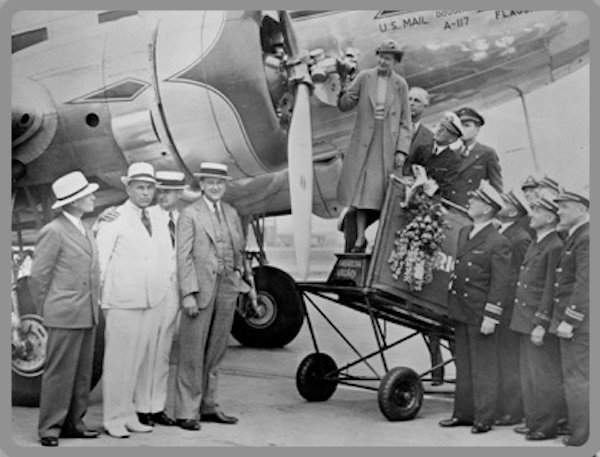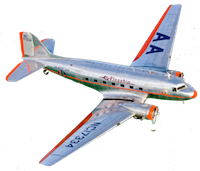class=”aligncenter size-full wp-image-1305″ />In the early 1930’s Mr. Cyrus Rowlett Smith,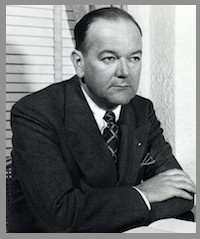 then President of American Airlines, had a vision that airline passenger service was about to enter a new era. Up until the development of the DC-3, airplanes did not have enough passenger capacity to allow the airlines to be profitable by carrying passengers alone. It was necessary to have government air mail contracts to make up the shortfall. The collaboration between American Airlines and the Douglas Aircraft Company proved invaluable in the ultimate design of the venerable Douglas DC-3. The DC-3 transcended traditional obstacles of distance, geography, and geopolitical borders. With its large cabin space, the DC-3 was able to carry more passengers than most of the other airliners in service at that time. In addition, what was critical at that time, passenger comfort and safety was greatly improved and longer non-stop flght distances were achieved. Because transcontinental flight was now a viable reality (albeit not non-stop), the initial DC-3s developed were designated DSTs, which stood for Douglas Sleeper Transport.
then President of American Airlines, had a vision that airline passenger service was about to enter a new era. Up until the development of the DC-3, airplanes did not have enough passenger capacity to allow the airlines to be profitable by carrying passengers alone. It was necessary to have government air mail contracts to make up the shortfall. The collaboration between American Airlines and the Douglas Aircraft Company proved invaluable in the ultimate design of the venerable Douglas DC-3. The DC-3 transcended traditional obstacles of distance, geography, and geopolitical borders. With its large cabin space, the DC-3 was able to carry more passengers than most of the other airliners in service at that time. In addition, what was critical at that time, passenger comfort and safety was greatly improved and longer non-stop flght distances were achieved. Because transcontinental flight was now a viable reality (albeit not non-stop), the initial DC-3s developed were designated DSTs, which stood for Douglas Sleeper Transport.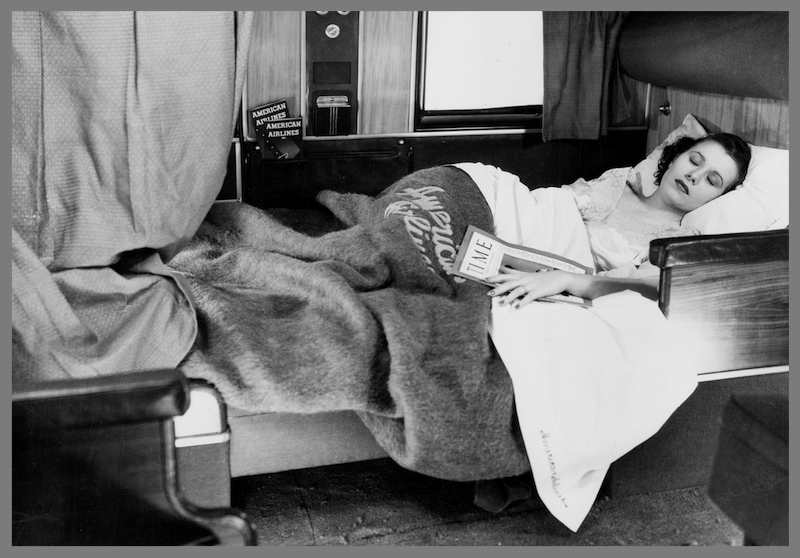 These airplanes were produced in a 14 seat configuration which could be easily converted to Pullman style sleeping beds (upper and lower) during night portions of the long flights.
These airplanes were produced in a 14 seat configuration which could be easily converted to Pullman style sleeping beds (upper and lower) during night portions of the long flights.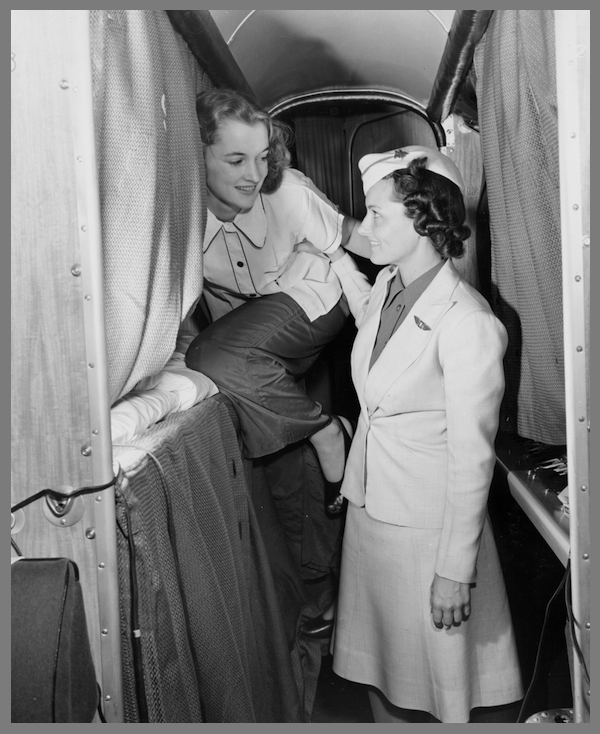 The SkySleepers were envisioned for transcontinental flights which averaged about fifteen hours, depending on direction of flight. The flights would depart in early evening and arrive at the destination the following morning. Passengers would arrive well rested after a good night’s sleep. The Douglas Commercial-3 (DC-3) day plane, which became the most popular of the DC-3s was configured in a 21 seat configuration. Included was a galley set up for full food service, including hot meals served on china plates and silverware shaped like the profile of an airplane. In the early days, the meal catering was often provided by contracted housewives living near the stop-over airports along the route of flight.
The SkySleepers were envisioned for transcontinental flights which averaged about fifteen hours, depending on direction of flight. The flights would depart in early evening and arrive at the destination the following morning. Passengers would arrive well rested after a good night’s sleep. The Douglas Commercial-3 (DC-3) day plane, which became the most popular of the DC-3s was configured in a 21 seat configuration. Included was a galley set up for full food service, including hot meals served on china plates and silverware shaped like the profile of an airplane. In the early days, the meal catering was often provided by contracted housewives living near the stop-over airports along the route of flight. 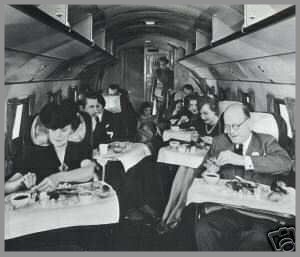 It could be said that the airlines were serving home-cooked meals to their passengers. A lavatory was also installed on the airplane. From the drawing board to the first flight, the airplane was designed and built in record time. The first test flight of a DC-3 was December, 17, 1935. Just six months later, American Airlines first scheduled passenger service DC-3 flight was June 25,1936 with the Flagship Illinois, non-stop service between Chicago and New York.
It could be said that the airlines were serving home-cooked meals to their passengers. A lavatory was also installed on the airplane. From the drawing board to the first flight, the airplane was designed and built in record time. The first test flight of a DC-3 was December, 17, 1935. Just six months later, American Airlines first scheduled passenger service DC-3 flight was June 25,1936 with the Flagship Illinois, non-stop service between Chicago and New York.
